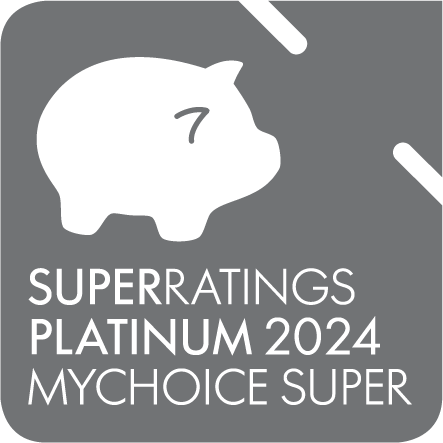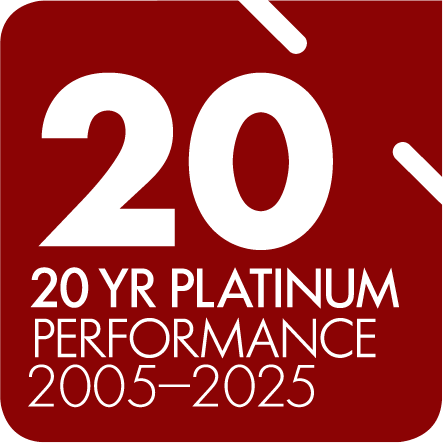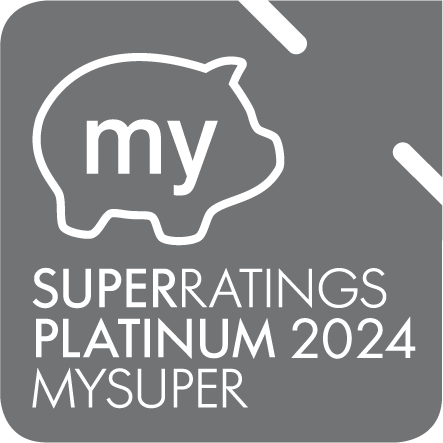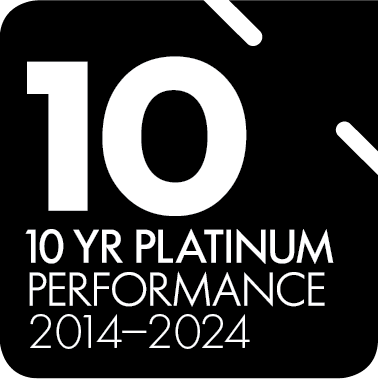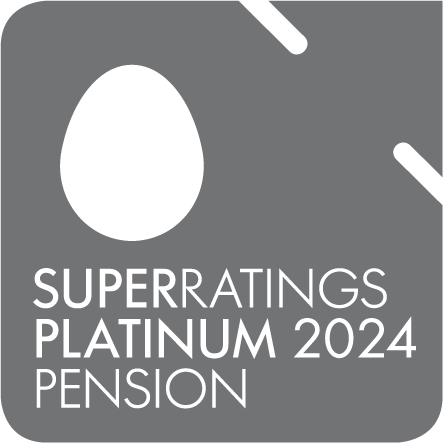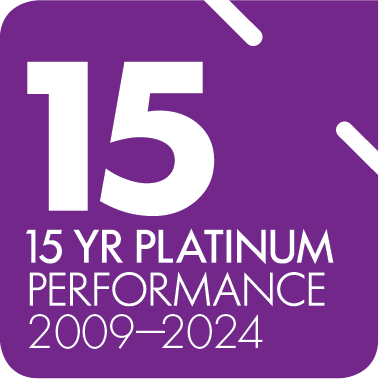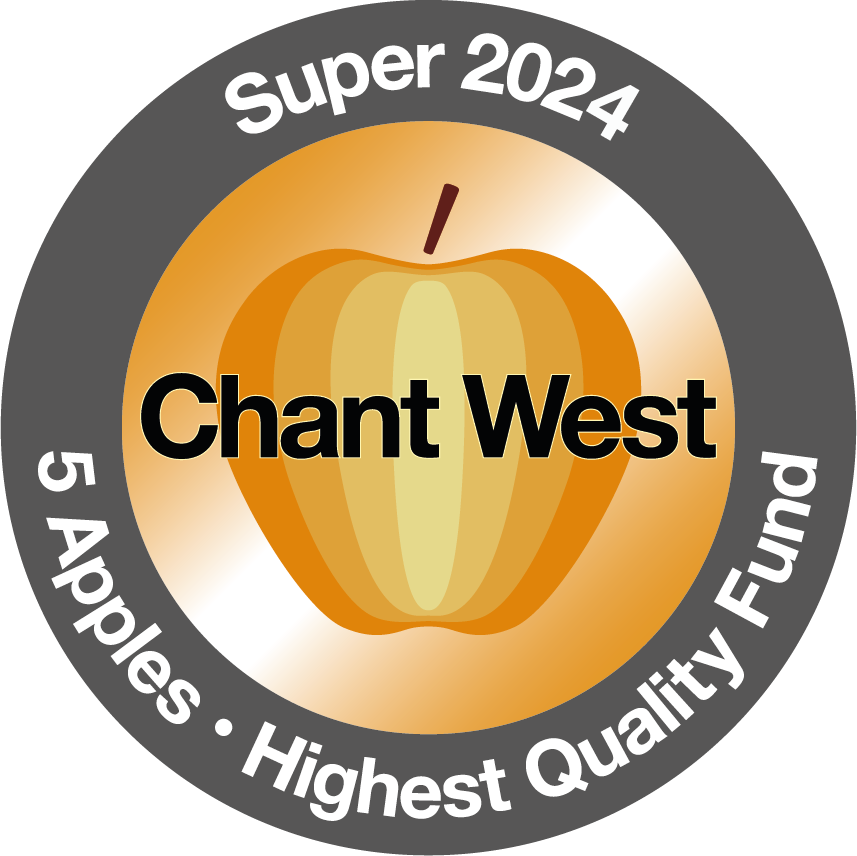The Superannuation Guarantee (SG) is the official term used to describe the mandatory superannuation payments made by employers. Under Australian law, employers are required to contribute a minimum of 12% of your salary into your super fund. SG contributions are designed to help build your super and generate an income for when you retire.
General
Yes, super payments are not required for employees that are under 18 and working less than 30 hours per week.
Other exceptions include
- Non-resident employees you pay for work they do outside Australia
- Foreign executives with certain visas or entry permits
- Employees paid under the Community Development Employment Program
- Employees temporarily working in Australia who are covered by a bilateral super agreement.
The preservation age is the minimum age at which you can access your superannuation benefit. If you were born before 1 July 1960, your preservation age is 55; this gradually increases to 60 if you were born after 30 June 1964.
You may be able to access your super benefit early due to the following circumstances
- A terminal medical condition
- Financial hardship
- Compassionate grounds
- Permanent incapacity
All early release applications are subject to approval by your super fund and may require additional evidence.
See also: Can temporary residents in Australia access their super?
Terminal medical condition
You may be able to claim your super early if you have been diagnosed with a terminal illness or injury that, in the opinion of a specialist medical practitioner, is likely to lead to your death within 24 months from the date of diagnosis.
Please contact us when applying as withdrawing your full super balance may impact your insurance benefits.
Severe financial hardship
If you are in severe financial hardship it may be possible to access up to $10,000 of your super (although this cap is removed if you are over your preservation age). To claim, you must satisfy one of the following:
1. You’re under preservation age, unable to afford immediate and reasonable family living expenses and have been receiving Commonwealth income support payments continuously for at least 26 weeks.
2. You’ve reached preservation age, you’re unemployed (or working less than 10 hours a week) on the date you submit your application and; you have been receiving Commonwealth income support payments for a total of at least 39 weeks.
The minimum amount that can be paid to you is $1,000 and the maximum is $10,000 (minus any taxes). You can only make one withdrawal on the grounds of financial hardship in any 12-month period. If you hold a temporary resident visa, you are not able to apply for financial hardship.
Compassionate grounds
You may be able to apply for early access to your superannuation benefit if you need help to pay for:
- Medical or dental treatment for yourself or a dependent, or pay for transport to the treatment
- Overdue mortgage payments to prevent the sale of your home
- Funeral expenses for you or your dependants
- Palliative care costs for you or your dependants with a terminal medical condition
- Home or car modifications to better accommodate you or your dependant’s severe disability
If you wish to make an application for the early release of your benefit on compassionate grounds, you will need to apply to the Australian Tax Office. Please contact our Helpline to discuss the process on 1800 682 626.
Permanent incapacity
In the event that you become seriously ill or are permanently incapacitated, you may be able to claim your super balance early. In order to receive any benefit you must show that, due to serious illness or injury, you are no longer able to work in any (or your own) occupation, and not be able to return to work.
Yes, you can access your superannuation benefit once you have left Australia permanently. You are eligible under the Departing Australia Superannuation Payment (DASP) condition of release if:
1. You entered Australia on any eligible temporary visa and
2. You have left Australia on a permanent basis and your visa has expired/been cancelled
3. You are not an Australian or New Zealand citizen
4. You do not hold a 405 or 410 retirement visa
You can make an online DASP application or download a paper form via the Australian Tax Office (ATO) website
Growing your super
You can see how your super balance compares to other people in your age bracket by visiting our Move the Dial page. If you’d like to boost your balance you have a variety of options, including
- Salary sacrifice – You can make additional contributions to your super from your (pre-tax) salary. This not only boosts the amount, it can save you tax.
- Spouse contributions - This is an after-tax contribution that can help boost your spouse’s balance, and may provide you with a tax offset in return.
- Voluntary after tax contributions - Contributions made from your take-home pay or savings. If you make personal (after-tax) contributions you may also qualify for the Government co-contribution.
Consolidating your super into one account can be beneficial if you’ve had more than one job and, as a result, have more than one super account. Consolidating your super means you can
- Keep track of your super and your account activity from one convenient place
- Cut down on extra fees and costs from other funds
- Potentially discover lost super
Before moving any super, it is a good idea to check with your current fund/s about any insurance you may have with them before transferring your balance/s.
The Government Co-contribution is a scheme put in place to help low income earners boost their retirement savings. If you meet certain criteria and make after-tax contributions to your super, you could receive an annual top up from the government, e.g. for every $1 in additional contributions you make (up to $1,000), the Government will chip in $0.50, up to $500.
If you are eligible, your co-contribution will be calculated and automatically placed into your super by the Australian Tax Office (ATO).
Salary sacrifice is when you ask your employer to direct some of your pre-tax salary into your superannuation account. This is in addition to the mandatory Superannuation Guarantee (SG) contributions already made into your super account. Salary sacrifice contributions are taxed at the lower rate of 15% rather than the marginal tax rate.
There are limits on how much you can put into your super via salary sacrifice each year. Under the concessional (pre-tax) contributions cap, you can contribute up to $30,000 including your 12% Superannuation Guarantee (SG) contributions.
If you would like to start making salary sacrifice contributions, you should contact your employer’s Human Resources or payroll office. Please note that these caps are subject to change in the future.
Contribution splitting is when you split up to 85% of your annual pre-tax contributions from your account to your spouse’s account (or vice versa). Your contributions can only be split once a year and are free of charge between Equip accounts.
Employer contributions are eligible for splitting. This includes
- Superannuation Guarantee payment
- Salary sacrifice contributions
- Other employer funded contributions
If you are considering contribution splitting, we recommend speaking to a financial planner.
Retirement
Whether you're considering retiring entirely or transitioning gradually by working part-time, there are options available to help you make the most out of your superannuation.
If you’re thinking about retiring entirely, you can consider;
Transferring your super balance into a Retirement Income account which is an easy and popular option. This allows you to draw down a regular income from your super savings while the balance remains invested.
Another option is to withdraw all or part of your balance from the super environment. You may wish to use this pay down debt or for other investment opportunities outside of superannuation. There are potential taxation implications though, and we strongly recommend consulting a financial planner before deciding.
If you’re thinking about easing into retirement by working part-time, you can consider;
Boosting your part time employment income with tax-free payments from your superannuation savings. This can be achieved by shifting a portion of your superannuation balance into a Transition to Retirement Income account, allowing you to draw a regular income while keeping the remaining balance invested.
There is not a one-size-fits-all approach to retirement. We understand that retirement is different for everyone that’s why we have expert Retirement Specialists who can help guide you.
There is no requirement for you to do anything with your superannuation when you retire or become eligible to access it. You can leave it as is, invested in the option of your choosing. You can also continue to contribute to super up until the age of 75 before some restrictions apply.”
When you’ve met the eligibility rules to access your superannuation (also referred to as a condition of release), you’ll be able to withdraw lump sums from your superannuation account as and when you choose.
If you want to receive your money as a regular payment or income, then you’ll need to transfer it to a Retirement Income account.
Retirement is a unique journey for everyone, and the ideal time to seek financial advice varies from person to person.
Some members choose to meet with our financial advice team well before retirement to gain clarity and confidence about the road ahead. Others might seek advice after experiencing significant life changes, such as unexpected employment shifts, health issues, or changes in family dynamics that lead to an earlier-than-anticipated retirement.
Since the timing and circumstances of retirement aren’t always within our control, we encourage you to speak with an Equip Super financial planner sooner rather than later. Taking a proactive approach can provide you with greater certainty and clarity as you approach retirement, whether it goes as planned or takes an unexpected turn.
To determine if financial advice is right for you now or in the future, book a 15-minute conversation with our financial advice team to learn more about our personal advice service and how it could benefit you.^
Whether you're confident in setting up your account yourself or need our expert guidance and support through the process, we make setting up a retirement account easy.
It is the same process for setting up a Retirement Income or Transition to Retirement Income account. You can learn more about these products here, and before applying, it's important that you read the Equip Super MyFuture Product Disclosure Statement, and refer to the Target Market Determination (TMD) for the product.
Completing the account application online.
Downloading, completing and mailing a hardcopy application form.
Booking a time to speak with one of our Retirement/Superannuation Specialist who will help you via phone or video.
Regardless of how you apply for your retirement account, there’s a few things you should have prepared to complete your application:
Bank account details for where you’d like your income payments to go.
Superannuation account details from which to transfer your super savings into your new retirement account.
Two forms of identification to verify your identity, such as a valid Australian driver’s licence or passport.
Tax file number for the purposes of identification when rolling over from an external fund.
A digital copy of your bank statement to confirm the bank account that we will pay your retirement income to.
Our online application generally takes 20 minutes to complete, but you can save your progress and resume at any time within 14 days.
You’ll need to decide things such as the amount of income you wish to receive and how you’d like your balance to be invested. The good thing is that you’ll be able to alter these at any time via our member portal should you change your mind once your account is setup.
Once your online application is submitted, we will review it to ensure we have all the required information. We’ll give you a call within two business days to confirm that your application has been submitted for setup or to request any additional information. Our goal is to ensure that your account setup is as seamless as possible.
On average, it typically takes 5-10 business days to set up an account once all the necessary information has been received.
You can call our Retirement Centre at any time for assistance with your application or to check on its progress.
Superannuation counts towards both the assets and income tests for the Age Pension. This means that the amount of money you have in superannuation (or a retirement account) can affect the level of Age Pension you are entitled to receive from the Government.
Our financial planners can assist you with maximising your Centrelink entitlements and our Retirement Drawdown calculator can demonstrate how to combine your super savings with the Age Pension to meet your desired retirement income.
Yes. There are many reasons why you may choose to return to work.
If you have met the eligibility requirements and transferred your superannuation to a Retirement Income account you are allowed to return to work.
There are some considerations that you should be aware of when doing so:
You do not have to close your Retirement Income account, but if you keep it open you must continue to receive your income payments even if you are receiving salary or wages from your new job.
Any superannuation guarantee contributions you receive from your new job will need to be paid into a superannuation account. If you closed your superannuation account when you transferred to a Retirement Income account, you’ll need to open a new one to receive those contributions.
If you wish to access the superannuation contributions from your new job as a regular income, you’ll need to transfer them to a new Retirement Income account.
You can continue to have your Retirement Income account at the same time as a superannuation account.
If you are returning to work, we recommend discussing your options with our Retirement Specialists. They can guide you through setting up a new superannuation account, and what to provide to your new employer. You should also read the Equip Super MyFuture Product Disclosure Statement, and refer to the Target Market Determination (TMD) for the product.
Yes. Our team of Retirement Specialists are experts in assisting members with setting up their accounts.
Accounts can be set up online and we can hold a phone or video appointment to help step you through the process or start the application on your behalf. Our online application process allows you to save your progress and resume it again within 14 days should you wish to consider your options.
Our team are qualified to provide you with general advice to enable you to make decisions and can refer you to our team of Financial Planners for personal advice specific to your situation if need be.^ They will talk you through the advice process and can book an appointment on your behalf if you wish.
A reversionary beneficiary is a nominated dependant to whom your regular income payments will continue to be paid to in the event of your death. This is different from a nominated beneficiary who will receive the balance of your retirement account paid out as a lump sum.
A reversionary beneficiary is only available under a Retirement Income account.
When referring to your superannuation money in the context of paying it to your dependents upon your death, an industry term is ‘death benefit’.
More information about nominating a reversionary beneficiary and eligibility criteria is available here.
On average, Self-Managed Super Fund (SMSF) trustees spend over eight hours a month managing their fund, which totals more than 100 hours a year*. As some SMSF owners head towards retirement, they may question whether a SMSF is still most suitable way to manage their retirement savings.
If your SMSF is intended for broad investment opportunities, such as real estate, a variety of stock market options (e.g., shares or ETFs), or even artwork, it might still be the right choice for you.
If you have set-up an SMSF to have control, flexibility and investment diversification when it comes to your superannuation then Equip Super might be a good alternative for you – without the hassle and expense of managing your own SMSF. Here’s why:
We offer a range of diversified investment options with various asset allocations, all managed by our expert investment team and external investment advisors.
You can tailor your investment strategy by selecting from our diversified options or combining them with sector-specific choices.
You have control and flexibility over your superannuation, including choosing or switching investment options, making additional contributions, tailoring insurance cover and nominating who gets your super on your passing.
You can access direct investments such as infrastructure, private equity, or unlisted assets that may not be available through an SMSF.
Transferring your SMSF to Equip Super is straightforward—simply complete our online application form and provide details of your SMSF and associated bank accounts.
If you're considering whether an SMSF is right for you in retirement, we recommend seeking professional financial advice. We can connect you with our Financial Planning team if you’re interested.
(*Source: SMSF Investor Report, April 2021, Investment Trends)
Defined benefit plans are slightly different to a superannuation account, with each plan having its own set of rules.
Generally, defined benefit plans allow access to your retirement savings once you turn age 65. You’ll likely have a few options such as being able to withdraw the money as a lump sum, transfer it to a Retirement Income account or roll it over to another superannuation fund.
We recommend you contact us and book in a time to speak with an expert about your specific plan and the options available to you.
There are many things you can do to make the most of your superannuation and boost your balance before retirement. Here are some things you can consider:
Reviewing your investments to ensure they are aligned with your objectives and time horizon.
Making extra contributions to your super, over and above any superannuation guarantee (SG) contributions paid by your employer.
Consolidating all your accounts together could help you save on fees, save on hassle, and grow your super.
Reviewing your insurance to ensure it meets your needs. If you’ve got multiple super accounts, you may have multiple insurance policies.
There are also tax efficient strategies that enable you to contribute more and/or gain access to your super in the lead up to retirement, a common one is a transition to retirement strategy. These strategies are complicated, and a financial planner is best placed to assist you with them.
We recommend speaking with our Retirement/Superannuation Specialists to discuss the options available to you.
Retirement income
There is no set age for when you can or should ‘retire’.
The decision to retire is unique to each person and is influenced by both controllable and uncontrollable factors. Some individuals plan their retirement around a specific age or savings target, while others decide to retire based on personal readiness. Additionally, health issues, shifts in employment, or family circumstances can also impact when retirement becomes the right choice.
When it comes to accessing your superannuation savings, there are some eligibility rules. To have unrestricted access to your superannuation savings you need to have:
turned 65 or,
turned 60 and either changed employers or retired from the workforce.
How much money you need to retire is dependent on your personal circumstances and your desired lifestyle or goals. We’ve got some great calculators to help you figure out this out including our Retirement Lifestyle calculator which can help you determine what annual income you might need when you retire and the amount of savings you’ll need to meet that income.
To ensure your money lasts throughout retirement, it's crucial to understand your sources of retirement savings and income and estimate the annual amount you'll need to maintain your desired lifestyle. While predicting your exact lifespan is impossible, having a general estimate of your retirement period is beneficial. For instance, our Retirement Income Strategy uses a 22-year retirement period based on Australian Bureau of Statistics (ABS) life expectancy tables, which can be a helpful starting point for your planning.
We offer several calculators to help you assess your current and future retirement position, including our Retirement Drawdown calculator which shows how combining your superannuation with the Age Pension can generate your annual income and projects how long your superannuation will last.
Our Retirement Specialists are available via phone or video to guide you through these tools, help you understand the results, and plan your next steps.
If you are over the age of 60 and have met the eligibility criteria to access your superannuation there is no tax payable on the regular income payments or withdrawals from your super.
An advantage of being in a Retirement Income account is that investment earnings are also tax-free, however money left in a superannuation account or held within a Transition to Retirement Income account will still be subject to the 15% tax on earnings.
Everyone’s financial situation is different, and we recommend seeking financial advice to clarify yours.
Retirement investment
Yes. A pension or retirement account operates much like your superannuation account, allowing you to remain invested while making regular withdrawals for income.
If you prefer to take control of your investments, we offer a variety of diversified and sector-specific options for you to choose from.
For those who would rather leave investment management to us, the Equip Super MyPension investment strategy provides a streamlined, hands-off approach to managing your retirement savings.
As an Equip Super member, you can receive super advice at no extra cost – it’s all part of your membership to help you choose the right investment options for your needs. To discuss your investment options with one of our advisers, call us at 1800 065 753 or schedule an appointment.
Our Retirement Income account provides seven diversified and four single-sector investment options, similar to those available in your superannuation account.
A key benefit of the Retirement Income account is that investment earnings are tax-free.
Instead of the default MySuper investment option available under superannuation, we offer our members the MyPension investment strategy. MyPension is an innovative, set-and-forget strategy managed by our team of investment professionals, designed to simplify your retirement investment management.
Choosing how to invest your retirement savings is a personal decision that should align with your individual risk tolerance, goals, and objectives.
If you're unsure about the best investment option for you, we’re here to assist. We can explain our range of investment choices or provide tailored advice from one of our qualified financial planners, with the cost included in your membership.^
If you don’t make an investment choice, your funds will automatically be allocated to our MyPension investment strategy, where our team of professionals will manage your investments for you.
^ Financial advice services may be provided by Togethr Financial Planning Pty Ltd, ABN 84 124 491 078, AFSL 455010 (“TFP”), trading as Catholic Super Financial Planning. TFP is a related entity of Togethr Trustees Pty Ltd.
Issued by Togethr Trustees Pty Ltd ABN 64 006 964 049, AFSL 246383 ("Togethr"), the Trustee of Equipsuper ABN 33 813 823 017 ("Equip Super"). The information contained is general advice and information only and does not take into account your personal financial situation or needs. You should consider whether this information is appropriate to your personal circumstances before acting on it and, if necessary, you should seek professional financial advice. Where tax information is included, you should consider obtaining taxation advice. Before making a decision to invest in Equip Super, you should read the Product Disclosure Statement (PDS) and target market determination (TMD) for the product which are available at equipsuper.com.au. Past performance is not a reliable indicator of future performance.

